Description
Data Mining and Machine Learning (ML) techniques can analyze and predict future consequences. This potential of ML makes it much more valuable for different industries such as education, medicine, banking, etc. In this project, the ability of machine learning techniques have been utilized in performing Heart Disease prediction. The Decision tree algorithm has been applied to the Heart Disease dataset for preparing the prediction model. Additionally, based on user query perform the prediction to have heart disease risk. The described project is available in two different technologies i.e. JAVA and also in Python. You can select the technology of the project according to your preferences.
However, there are many different datasets available but in this work, we have utilized the dataset from Kaggle. Anyone can download the data from the following link (Download Dataset). The project work is implementing a supervised learning technique for developing the disease prediction model. The supervised learning techniques accept training data and after learning with examples perform the prediction task. The project first performs a data preprocessing task. The preprocessing techniques aim at eliminating the noise from data and improving the quality of learning samples. Then utilizes the feature relevance analysis to identify the most appropriate risk features of the disease. Next, a threshold-based method has been adopted for removing less relevant features.
Further, the decision tree algorithm has been implemented for the training of the decision tree. The decision tree makes use of the training sample and then generates a tree during training. Finally, the validation data has been used for testing the trained decision tree. Based on validation of the decision tree the performance of the model has been evaluated and reported. To describe the performance of the heart disease prediction system precision, recall, f-score, and accuracy are used. Based on the obtained performance the results have been visualized.
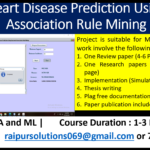

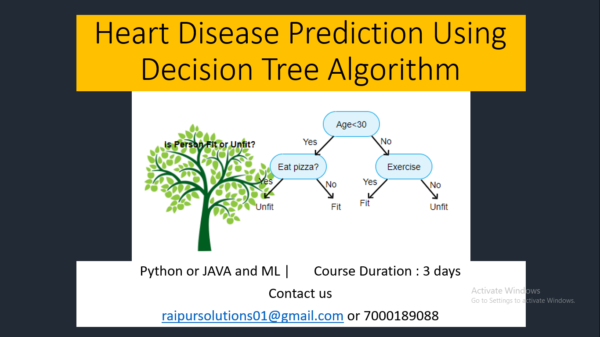
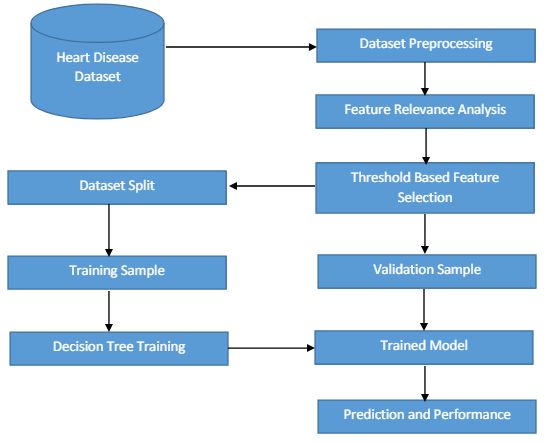
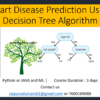
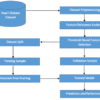
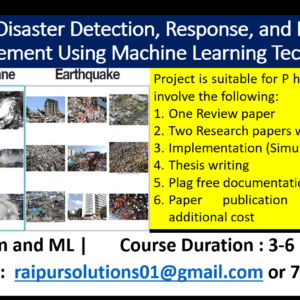

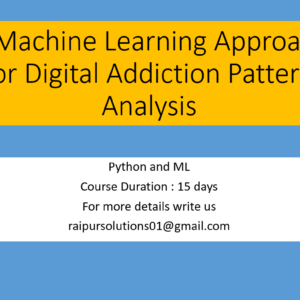
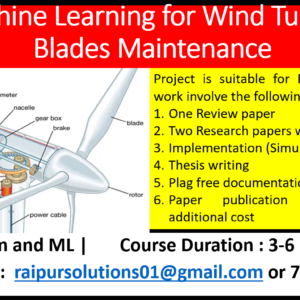
Reviews
There are no reviews yet.